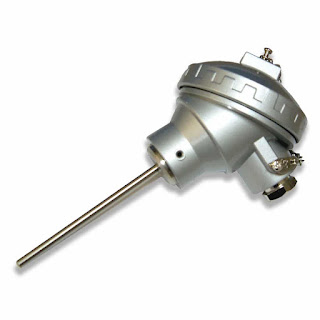How to calibrate , configuring and calibration of RTD
Calibrating RTD Sensors.
RTD (Resistance Temperature Detector) sensors are used to measure temperature by monitoring changes in resistance as temperature changes. Calibration of an RTD involves comparing the resistance values measured by the sensor at different temperatures with known reference values to determine the accuracy of the sensor.
Here are the general steps to calibrate and configure an RTD:
Choose a reference thermometer with high accuracy and stable calibration. This will be used to compare with the RTD readings.
Prepare a temperature bath with a stable and uniform temperature distribution. The bath can be a stirred liquid, dry-well or furnace, depending on the range and accuracy required.
Connect the RTD to a precision resistance bridge, which measures the resistance of the RTD and converts it into a temperature reading.
Place the RTD and reference thermometer into the temperature bath and allow them to reach thermal equilibrium.
Record the RTD reading and the reference thermometer reading at various temperatures across the range of interest.
Plot the RTD readings versus the reference thermometer readings on a graph to determine the accuracy of the RTD sensor. The calibration curve should be linear with a slope of approximately 0.00385 ohms/ohm/°C for platinum RTDs (PT100 or PT1000).
Adjust the calibration of the RTD if necessary to improve accuracy. This can be done by adjusting the gain or offset of the signal conditioning circuitry that amplifies and filters the RTD signal.
Verify the accuracy of the RTD calibration over time and with changing operating conditions. This may involve periodic recalibration and adjustments to the signal conditioning circuitry.
Once the RTD is calibrated, it can be configured for use in a specific application. Configuration typically involves selecting the appropriate range and output signal format, such as 4-20 mA, 0-5V, or digital. The configuration settings may be programmed using a dedicated RTD transmitter or signal conditioner, or through a PLC or other control system.



Comments
Post a Comment